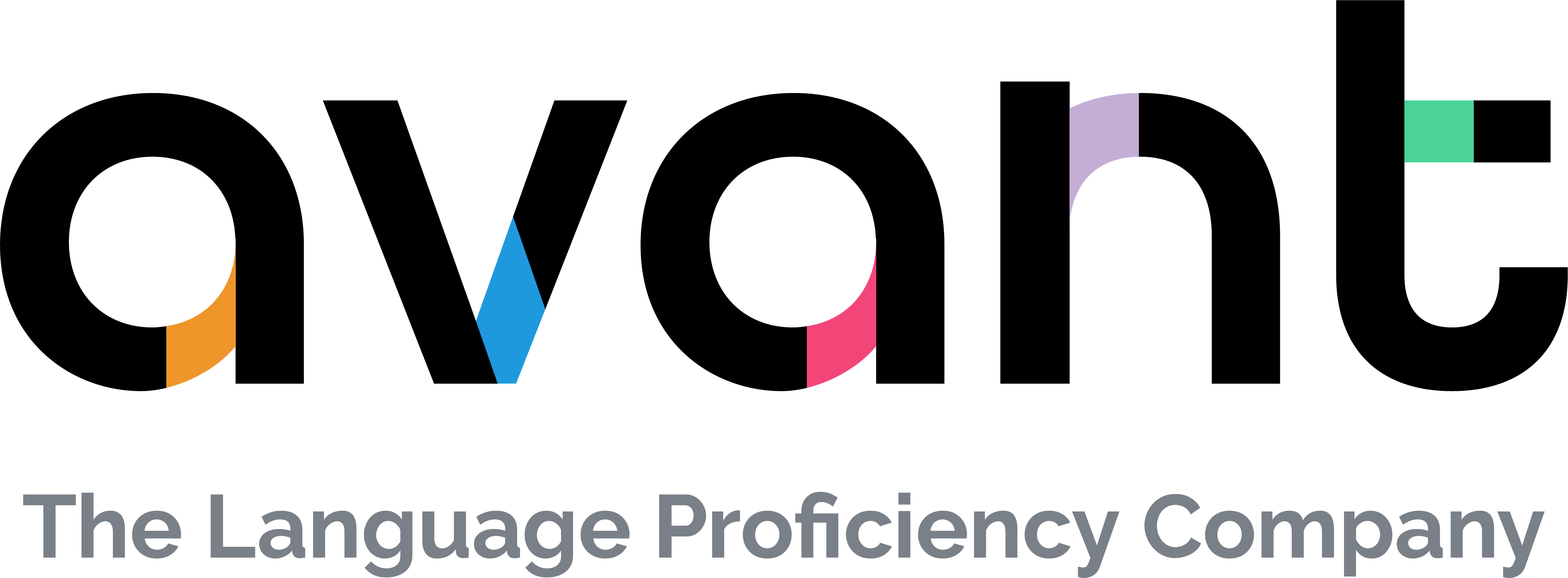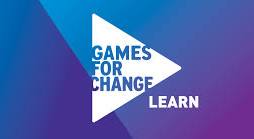Dive Brief:
-
Amid growing efforts to give teachers more opportunities to lead without leaving the classroom, a new report supported by the Carnegie Foundation finds student achievement is at least 10% higher in both math and English language arts in schools with high levels of instructional and teacher leadership.
-
Conducted by Richard Ingersoll of the Consortium for Policy Research in Education in partnership with the New Teacher Center (NTC), the analysis also shows that involving teachers in decisions related to school improvement as well as policies regarding student behavior is linked to better academic outcomes for students.
-
The elements of instructional leadership related to higher student achievement are a shared vision for the school, an effective school improvement team and holding teachers to high instructional standards. But having all these factors in place is hard for schools to achieve, particularly in high-poverty schools, the report says.
Dive Insight:
Based on the responses of close to one million teachers across 16 states, the report uses data from the NTC’s Teaching, Empowering, Leading and Learning (TELL) Survey, a working conditions survey that asks teachers about issues such as use of time, professional development and school leadership. The researchers analyzed responses related to 11 measures of instructional leadership and eight measures of teacher leadership, such as selecting instructional materials and resources, determining professional development opportunities and having input on the school budget.
The results provide some evidence behind efforts in recent years to expand meaningful leadership opportunities for teachers and offer some direction for administrators that want to elevate the role of teachers but are also concerned about improving student achievement. The report recommends coaching and mentoring programs to help develop teacher leaders, particularly in high-need schools.
“In short, the findings suggest that leadership counts, that good school leadership actively involves teachers in decision-making, and these practices are tied to better student achievement,” the authors write.













